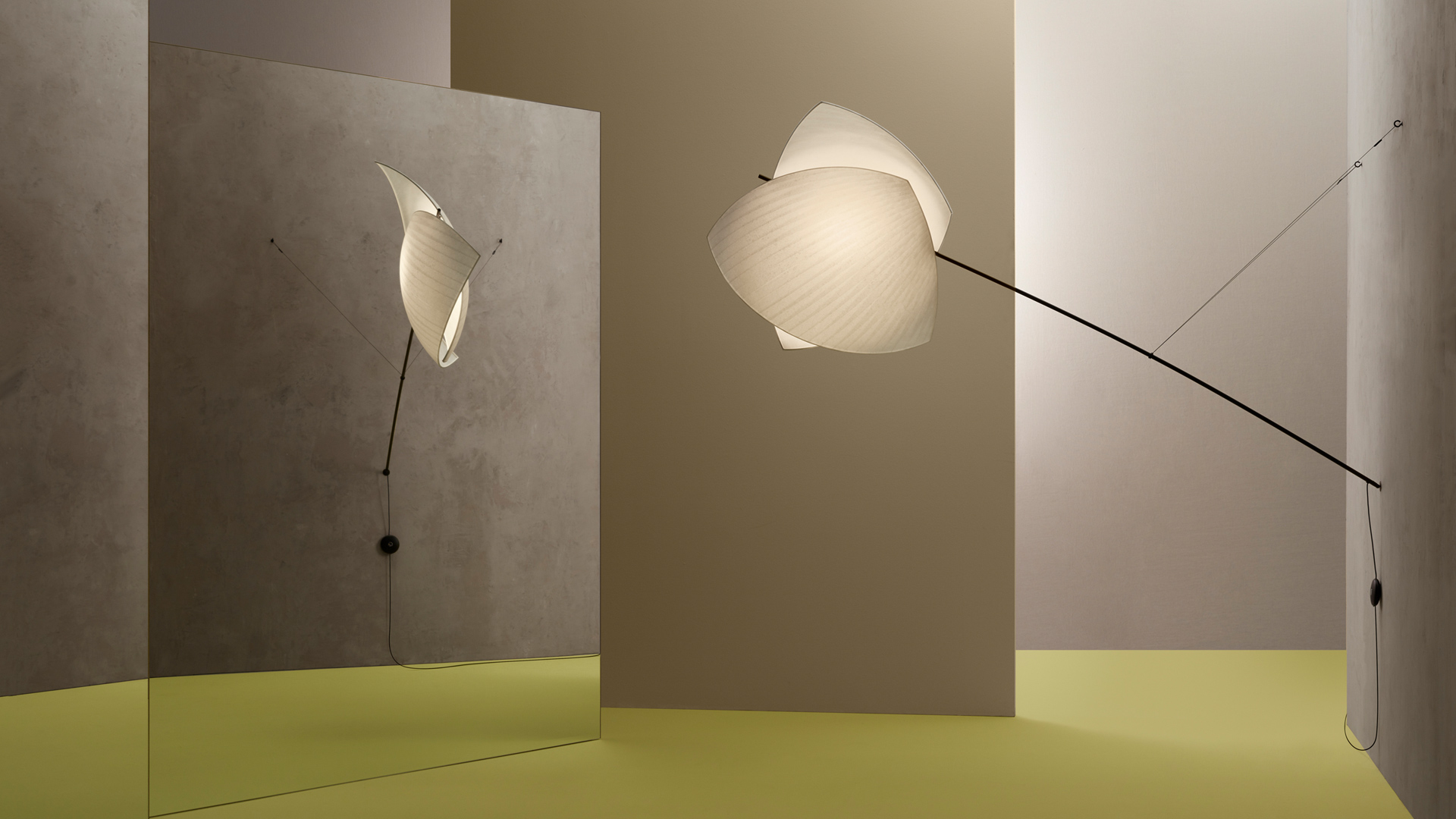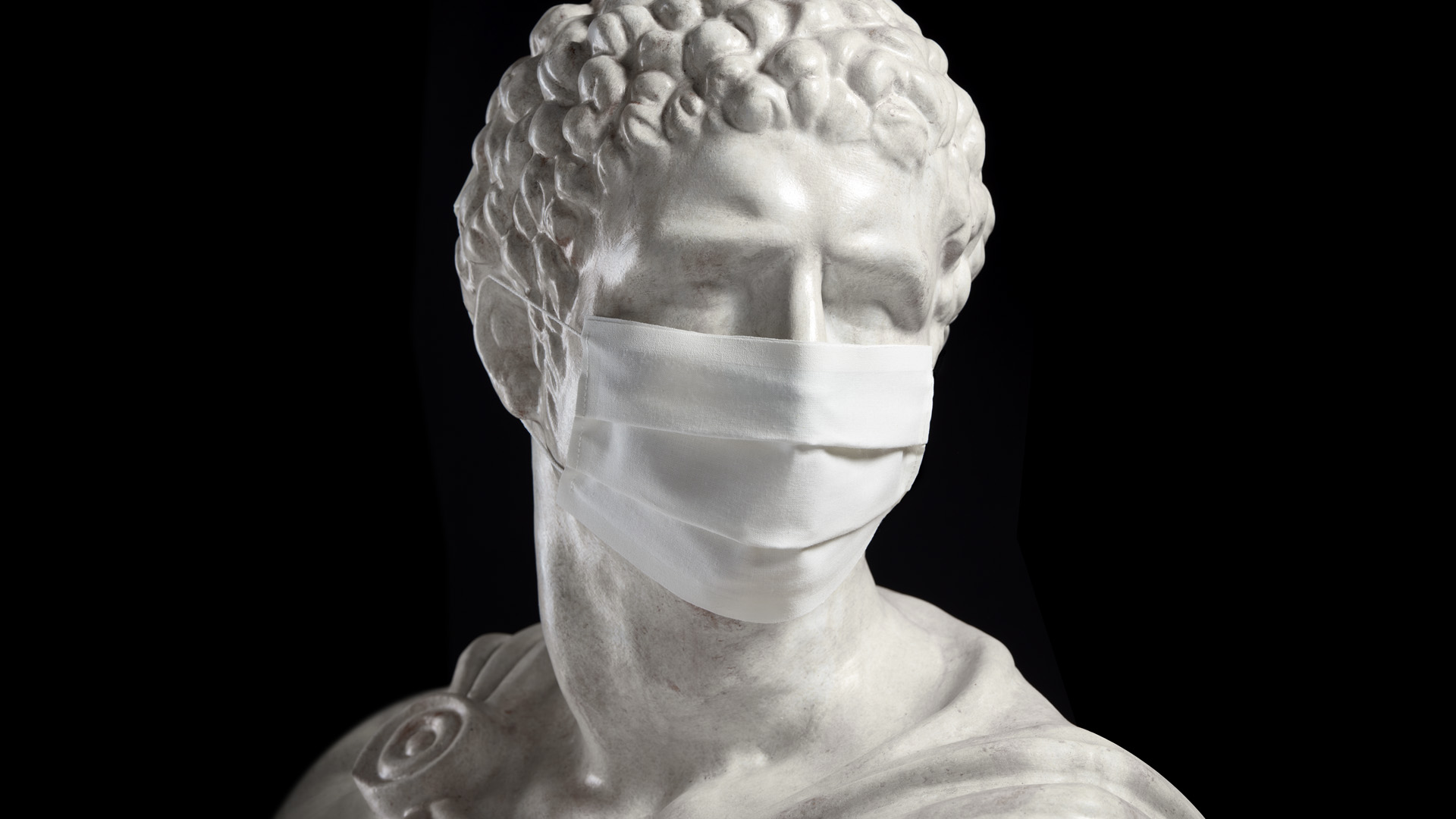What is art direction in branding?
Art direction plays a crucial role in brand communication, as it enables us to conceptually visualize and graphically represent our clients’ messages in their specific context.
In the realm of art direction, disciplines like photography and illustration assist us in giving brands, products, and services their own distinct and captivating personality. Moreover, utilizing their unique traits and visual languages, we can narrate stories that deeply resonate and forge connections with individuals.
Ultimately, the primary objective of art direction is to establish an emotional impact that fosters a strong bond between the brand and its target audience.


Before delving into art direction, branding development takes precedence
Once the concept of art direction is established, it’s vital to acknowledge that this discipline tackles the challenge of visually portraying brand messages. The art director, alongside their team, crafts cohesive verbal and visual elements that align with the previously defined branding or communication strategy, serving specific objectives.
Prior to initiating the conceptualization and execution of art direction for a project, a thorough understanding or extensive work on the branding strategy is essential. This underscores the significance of art direction, as it ensures the attainment of our visual objectives. In essence, it is responsible for conceptualizing and visually representing the brand’s messages.
The verbal and visual identity must maintain consistency and convey a unified message. Failing to do so would undermine our commitment to conveying the brand values we aim to communicate.
How do we approach art direction at NOMON?
1. To start, we engage in an initial briefing with the client to ensure a clear and mutual understanding of the project.
2. We then conduct a benchmark analysis to gather ideas and uncover potential opportunities.
3. Next, we dive into brand positioning and verbal identity. This includes tasks such as developing naming, taglines, and storytelling, as well as determining the appropriate tone for corporate communications.
4. Moving forward, we proceed with designing or revamping the corporate branding, and this is where art direction takes center stage in visually representing the defined strategy.
The concept itself serves as our guiding principle, influencing choices such as photography style, lighting, illustrations, and settings that best align with the envisioned strategy. It also helps us determine the team of professionals we collaborate with for the art direction production.
At NOMON, we firmly believe that each client should possess their own unique personality. While this may seem evident, it’s not always the norm. For us, it’s crystal clear: brands shouldn’t conform to our style; instead, we adapt to their needs. The client should communicate who they are or aspire to be, and it’s our role to support that vision, rather than imposing our own. This approach enables us to deliver the finest art direction services possible.

What is the role and responsibilities of an art director?
An art director is essentially a visual storyteller who brings together words and images to craft a brand strategy that resonates with audiences.
Being an art director is a profession that, like many others, is honed through experience. However, art direction also demands a keen sense of intuition and the ability to listen to one’s own instincts.
While it is indeed crucial for an art director to possess specific professional skills, they must also grasp the objectives, possess a clear vision of the intended message, and be adept at conceptualizing and implementing it within the realm of design.
Management is crucial in art direction.
Being a skilled manager is essential for an art director. Effective management in art direction is vital for inspiring diverse creative teams. The ability to mediate well with team members, including the client, is key to achieving a unique, cohesive, and personality-driven outcome.
Professionals who started their careers in a more analogue era understand the importance of careful planning in bringing ideas to life, especially in photographic productions. Back then, we didn’t have the luxury of taking numerous photos or relying heavily on extensive retouching. We had to put everything on the line with just a few shots.
When the pre-production phase (photography, video, etc.) has been meticulously handled, the art director gains more autonomy during the shoot or filming. This allows them to focus on managing the various professionals involved, such as photographers, camera operators, set designers, home economists, and more. By doing so, we can concentrate on turning ideas into reality and achieving the best possible results.
Different techniques and styles play a crucial role in establishing connections between brands, their products or services, and their target audiences.

NOMON’s expertise in art direction
We now inhabit a more digital world, which presents its own advantages for our profession. However, drawing from a more artisanal era has also proven invaluable to us.
To a significant extent, we have integrated this approach into NOMON DESIGN’s methodology by emphasizing meticulous organization and structure throughout the production process. This enables us to successfully execute art direction, enhance efficiency, and concurrently enjoy greater creative freedom.
The utmost satisfaction lies in witnessing the original vision of art direction materialize upon project completion. It is truly rewarding when clients who have placed their trust in us appreciate our work and implement it across all facets of their brand.
Esther Agustench
Creative director and partner at NOMON DESIGN
Tags: Corporate branding, Communication, Branding strategy, Nomon Design
2020